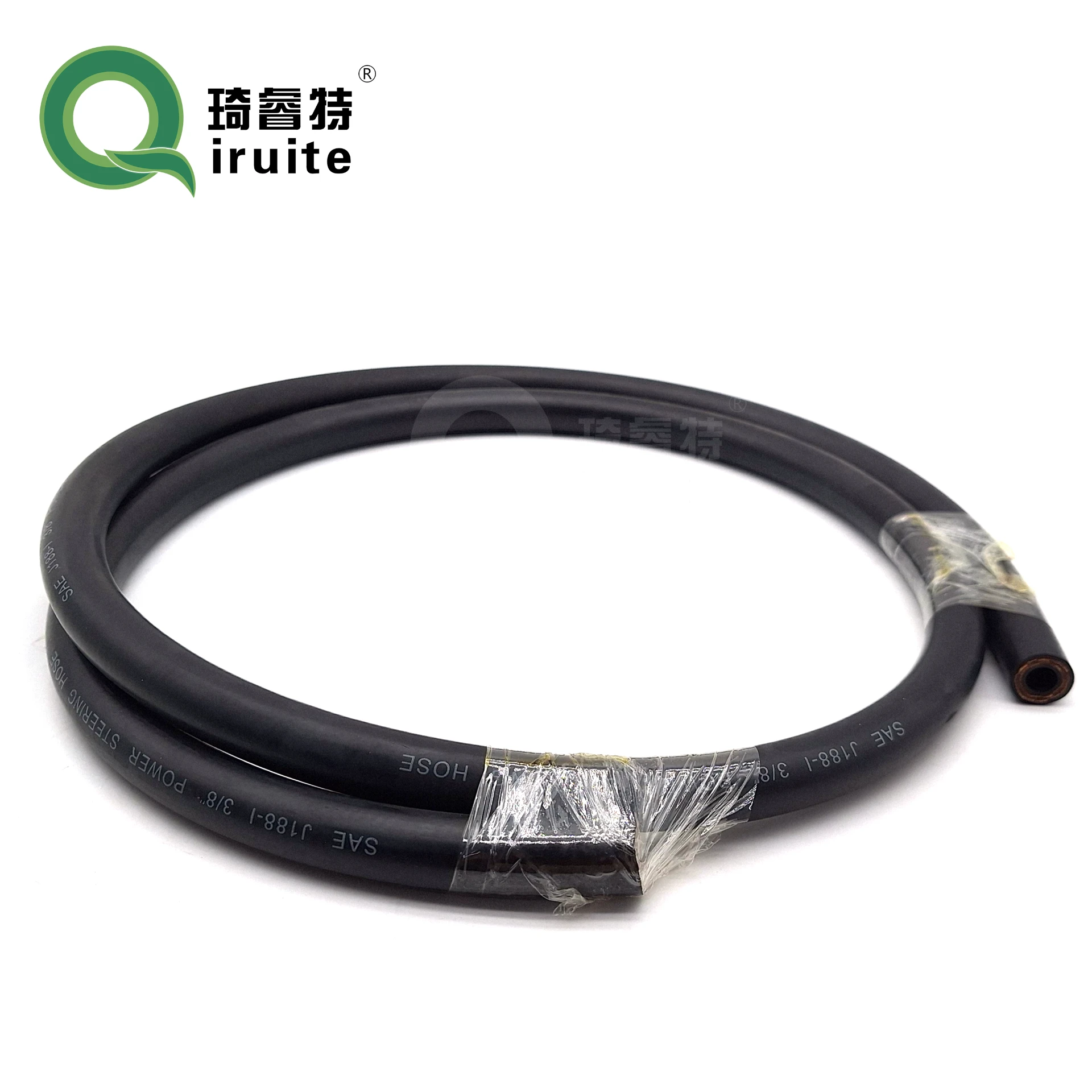high pressure pipe coupling
Understanding High Pressure Pipe Coupling Importance and Applications
High pressure pipe couplings play a crucial role in various industrial applications, facilitating the safe and efficient transport of fluids, gases, and other substances. These components are designed to withstand elevated pressures while maintaining structural integrity, which is essential in industries ranging from oil and gas to manufacturing and chemical processing. This article explores the significance, types, and applications of high pressure pipe couplings, as well as the factors that influence their selection and maintenance.
The Importance of High Pressure Pipe Couplings
In environments where high pressure is a standard requirement, the integrity of piping systems is paramount. High pressure pipe couplings serve as connectors between pipes, enabling the seamless flow of materials while ensuring that pressure is maintained throughout the system. Failure to properly utilize high pressure couplings can lead to leaks, bursts, and catastrophic failures, resulting in downtime, loss of product, and safety hazards to personnel.
The reliability of these couplings is determined by a variety of factors including the materials used, the design of the coupling, and the method of connection. It is essential for engineers and contractors to select the right coupling for their specific application, taking into account variables such as pressure ratings, temperature conditions, and the nature of the fluids or gases being transported.
Types of High Pressure Pipe Couplings
High pressure pipe couplings come in various types, each suited for specific applications and environments. Some of the most common types include
1. Flanged Couplings These are widely used in industrial applications due to their ease of assembly and disassembly. Flanged couplings consist of two flanges that are bolted together, creating a secure and robust connection capable of withstanding high pressures.
2. Compression Couplings These couplings use a tightening mechanism to secure the pipes together. They are favored for their ability to create a leak-proof seal under pressure without the need for special tools.
3. Welded Couplings In this type, the coupling is welded to the pipe ends, providing a permanent connection that can handle extreme pressures. They are often used in applications where a stronger bond is required.
high pressure pipe coupling

4. Swaged Couplings Swaged couplings involve reducing the diameter at the end of one pipe to fit into another. This type of coupling is beneficial for applications where space is a constraint and is also known for providing a strong connection.
5. Quick Connect/Disconnect Couplings These allow for rapid assembly and disassembly of pipes, making them ideal for applications where frequent maintenance or replacement is necessary.
Applications of High Pressure Pipe Couplings
High pressure pipe couplings are extensively used in various industries, including
- Oil and Gas They are critical in drilling, extraction, and transportation processes, where pipelines must withstand high pressures from gas and crude oil.
- Chemical Processing In chemical plants, couplings are used to transport hazardous and corrosive materials safely, requiring couplings that are resistant to chemicals and extreme temperatures.
- Manufacturing Many manufacturing processes, particularly those involving steam or high-pressure fluids, rely on high pressure couplings to maintain efficiency and safety.
- Water and Wastewater Treatment These couplings are essential in high-pressure water systems, ensuring the effective movement of water and wastewater under pressure.
Conclusion
Understanding high pressure pipe couplings is essential for anyone involved in the design, installation, and maintenance of industrial piping systems. The right coupling ensures not only the efficiency of operational processes but also the safety of personnel and the environment. With various types available, it is crucial to select couplings based on the specific needs of the application, keeping in mind factors such as pressure ratings, material compatibility, and environmental conditions. As industries continue to evolve and face new challenges, the importance of high pressure pipe couplings will undoubtedly grow, making them a vital component in ensuring operational success.
-
Reliable Brake Line Solutions for Your VehicleNewsJun.05,2025
-
Quick Fix for Leaky Air Conditioning HosesNewsJun.05,2025
-
Powerful Sewer Jetting Solutions for Tough ClogsNewsJun.05,2025
-
Power Steering Hose Problems SolvedNewsJun.05,2025
-
Hose Protectors That Actually WorkNewsJun.05,2025
-
Essential Hose Connectors for Every HomeNewsJun.05,2025

